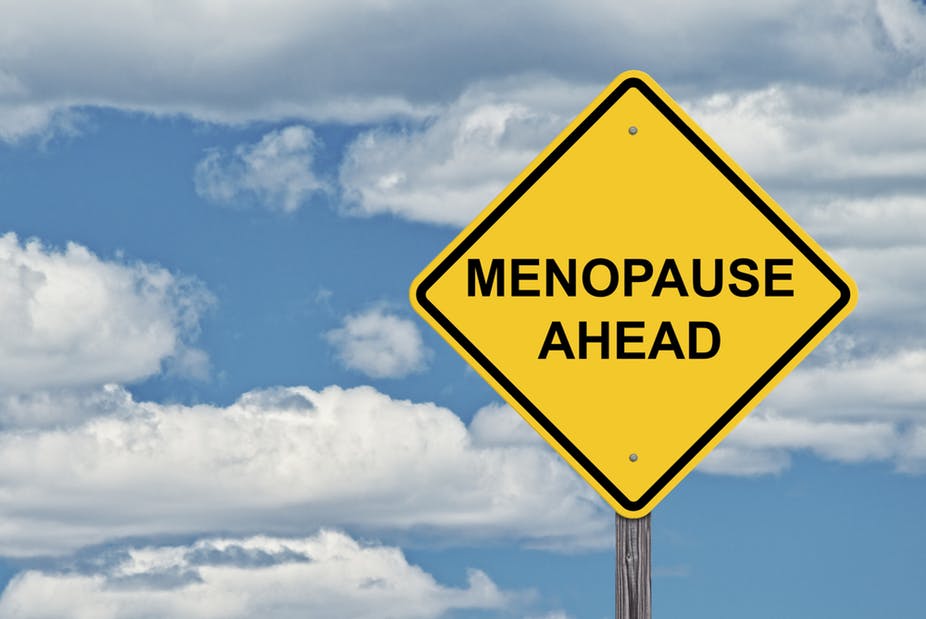By: Dr. Nosheen Ali, Bureau Chief-ICN Madhya Pradesh
BHOPAL: Menopause is the process through which a woman ceases to be fertile or menstruate. It is a normal part of life and is not considered a disease or a condition.
Most women reach menopause between the ages of 45 and 55, but menopause may occur as earlier as ages 30s or 40s, or may not occur until a woman reaches her 60s.
Stages of Menopause-
Pre-menopause stage-The 3-5 year period before menopause when your estrogen and hormone levels begin to drop is called perimenopause. You typically enter into perimenopause in your late 40’s and could begin to experience irregular menstrual cycles and symptoms such as:
- Hot flashes
- Sleep disturbances-insomnia
- Night sweats
- Elevated heart rate
- Mood changes—irritability, depression, anxiety
- Vaginal dryness or discomfort during sexual intercourse
- Urinary issues
Earily Menopause– Certain events other than natural aging can result in an earlier menopause:
- Hysterectomy (uterus removed)—symptoms appear gradually
- Oophorectomy (ovaries removed)—symptoms appear immediately
- Premature Ovarian Failure (POF)—underactive or inactive ovaries due to genetics, surgery, or cancer treatments, such as radiation therapy or chemotherapy. POF can also be due to ovarian dysfunction or insufficient follicles, which mature into eggs.
During Menopause– On average, most women are about 51 to 52 when they enter menopause. Technically, you are in menopause after you’ve missed your period for 12 straight months without experiencing other causes, such as illness, medication, pregnancy or breastfeeding. The transition from perimenopause through menopause to postmenopause can take 1-3 years. It’s important to remember every woman is unique and will experience menopause differently. Some women experience few, if any symptoms, and for those who do, the symptoms can vary widely.
POST MENOPAUSE–Postmenopause starts after one year has passed since your last menstrual cycle. Other symptoms that might have started in perimenopause can continue through menopause and postmenopause. It’s not unusual to experience:
- Hot flashes
- Night sweats
- Elevated heart rate
- Sleep disturbances-insomnia
- Mood changes—irritability, depression, anxiety
- Urinary issues
- Vaginal dryness—which can lead to discomfort during sexual intercourse
Additionally, due to the decrease in estrogen, there’s an increased risk of heart disease, osteopenia and osteoporosis.
Treatment depends on severity
Menopause is a natural process with treatments that focus on symptomatic relief. Vaginal dryness is treated with topical lubricants or oestrogen. Medications can reduce the severity and frequency of hot flushes. In special circumstances, oral hormone therapy may be used.
MALE MENOPAUSE/ ANDROPAUSE OR VIROPAUSE
Male menopause involves a drop in testosterone production in men who are age 50 or older.
The ‘male menopause‘ Some men develop depression, loss of sex drive, erectile dysfunction and other physical and emotional symptoms when they reach their late 40s to early 50s. Other symptoms common in men this age are: mood swings and irritability.
Male menopause (also called andropause or viropause) is a multidimensional change of life
A gradual and highly variable decline in the production of androgenic hormones and especially testosterone in the human male together with its associated effects that is held to occur during and after middle age. — called also climacteric, male menopause.
In women, ovulation ends and hormone production plummets during a relatively short period of time. In men, production of testosterone and other hormones declines over a period of many years and the consequences aren’t necessarily clear.
MALE MENOPAUSE-Understanding male hormones over time
Testosterone levels vary greatly among men. In general, older men tend to have lower testosterone levels than do younger men. Testosterone levels gradually decline throughout adulthood — about 1 percent a year after age 30 on average.
Recognizing low testosterone levels
A blood test is the only way to diagnose a low or reduced testosterone level. Some men have a lower than normal testosterone level without signs or symptoms. In this case, no treatment is needed.
Recognizable signs and symptoms of low testosterone levels may include:
- Changes in sexual function. This might include reduced sexual desire, erectile dysfunction, fewer spontaneous erections — such as during sleep — and infertility. Your testes might become smaller as well.
- Changes in sleep patterns. Sometimes low testosterone causes sleep disturbances, such as insomnia, or increased sleepiness.
- Physical changes. Various physical changes are possible, including increased body fat, reduced muscle bulk and strength, and decreased bone density. Swollen or tender breasts (gynecomastia) and loss of body hair are possible. Rarely, you might experience hot flashes and have less energy.
- Emotional changes. Low testosterone might contribute to a decrease in motivation or self-confidence. You might feel sad or depressed, or have trouble concentrating or remembering things.
Some of these signs and symptoms can be caused by underlying factors other than low testosterone, including medication side effects, thyroid problems, depression and excessive alcohol use. There also are conditions such as obstructive sleep apnea that might affect testosterone levels
TREATMENT- Natural Remedies for Andropause and Male Menopause
- Eat more fruits and vegetables: A poor diet can contribute to andropause. …
- Choose healthy fats: Healthy fats, such as monounsaturated fats and omega-3 fatty acids, help support a healthy heart and blood circulation.



